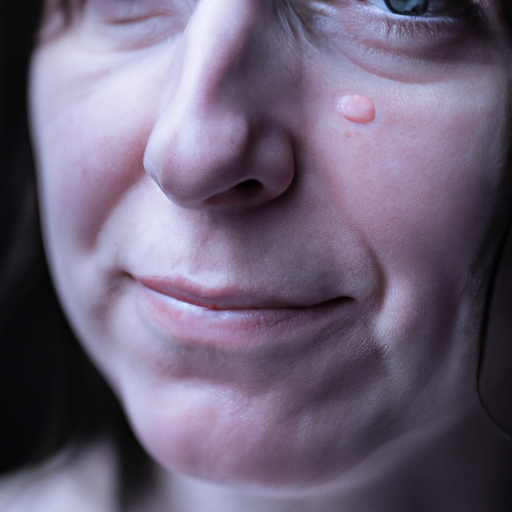As a medical professional, I am often approached by patients who are concerned about hyperpigmentation. This condition, which is characterized by darkened patches of skin, can be caused by a variety of factors including sun exposure, hormonal imbalances, inflammation, and skin injuries. While hyperpigmentation is generally harmless, it can cause distress due to its impact on physical appearance. Fortunately, there are several effective strategies that can be used to combat this condition.
Firstly, the use of topical treatments is a common and effective approach to managing hyperpigmentation. These treatments often contain ingredients such as hydroquinone, retinoids, vitamin C, and azelaic acid, which work by inhibiting the production of melanin, the pigment responsible for skin color. Topical treatments are typically applied once or twice daily and results can usually be seen within a few weeks to months.
Secondly, chemical peels can be used to treat hyperpigmentation. This procedure involves applying a chemical solution to the skin which causes the top layer to peel off, revealing a new layer of skin underneath. Chemical peels can be effective in treating hyperpigmentation as they remove the layer of skin where the excess pigment is located. However, it’s important to note that this treatment should only be performed by a trained professional as it can cause skin irritation and sensitivity.
Thirdly, laser therapy is another option for treating hyperpigmentation. This treatment uses focused light energy to break down the pigment in the skin. Laser therapy can be very effective in treating hyperpigmentation, but it can also be expensive and may require multiple sessions to achieve the desired results.
Fourthly, microdermabrasion is a minimally invasive procedure that can help reduce the appearance of hyperpigmentation. This treatment involves using a special device to gently remove the top layer of skin, promoting the growth of new skin that is more evenly pigmented. Microdermabrasion can be a good option for those with mild hyperpigmentation, but it may not be as effective for those with deeper or more severe discoloration.
Lastly, prevention is key when it comes to managing hyperpigmentation. This includes protecting your skin from the sun by wearing sunscreen, avoiding harsh skincare products that can cause inflammation, and maintaining a healthy lifestyle to prevent hormonal imbalances.
In conclusion, while hyperpigmentation can be a distressing condition, there are several effective strategies available to combat it. Whether you choose to use topical treatments, undergo a chemical peel, try laser therapy, opt for microdermabrasion, or focus on prevention, it’s important to consult with a healthcare professional to determine the best course of action for your specific needs. Remember, everyone’s skin is unique and what works for one person may not work for another. With patience and persistence, it is possible to reduce the appearance of hyperpigmentation and achieve a more even skin tone.



